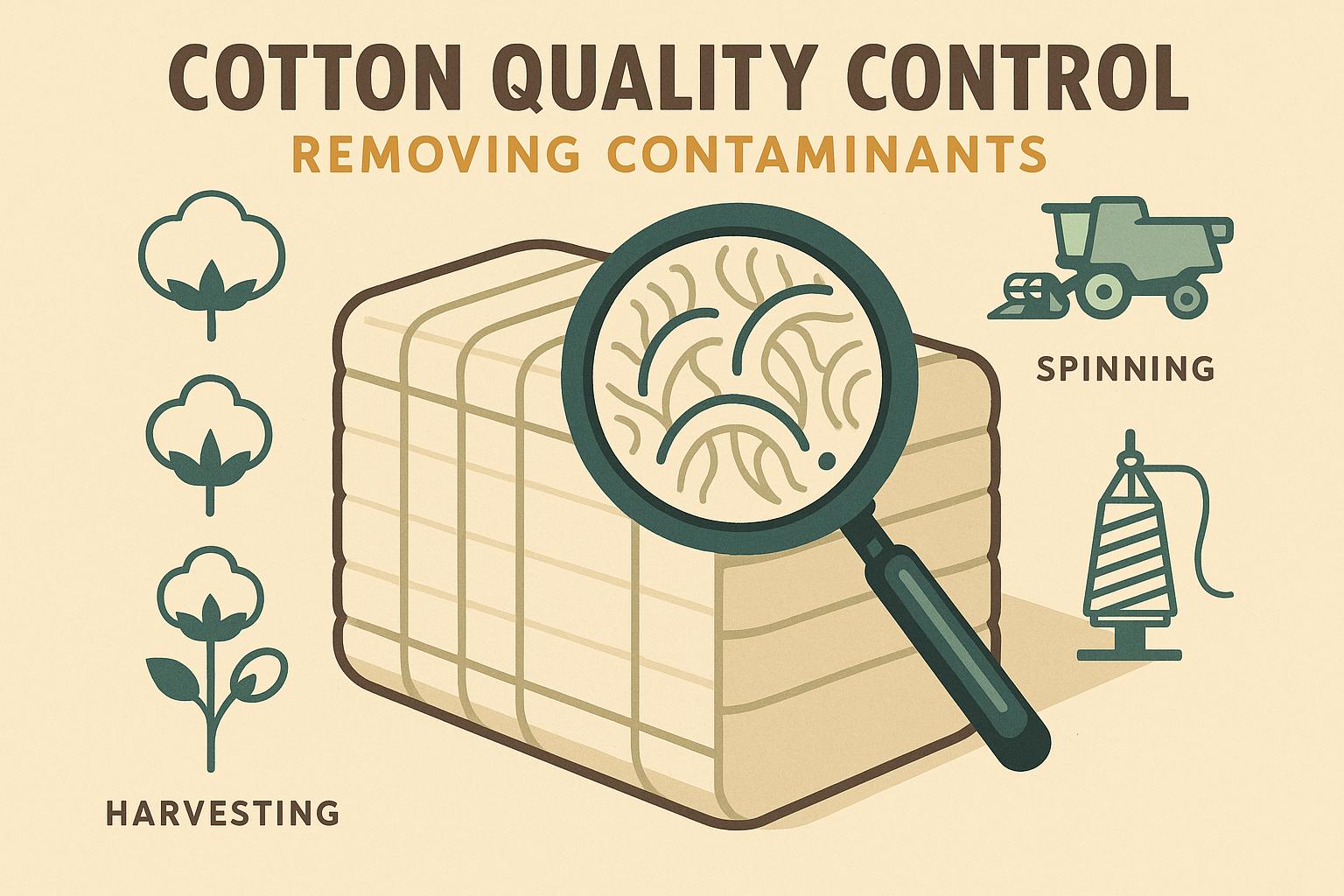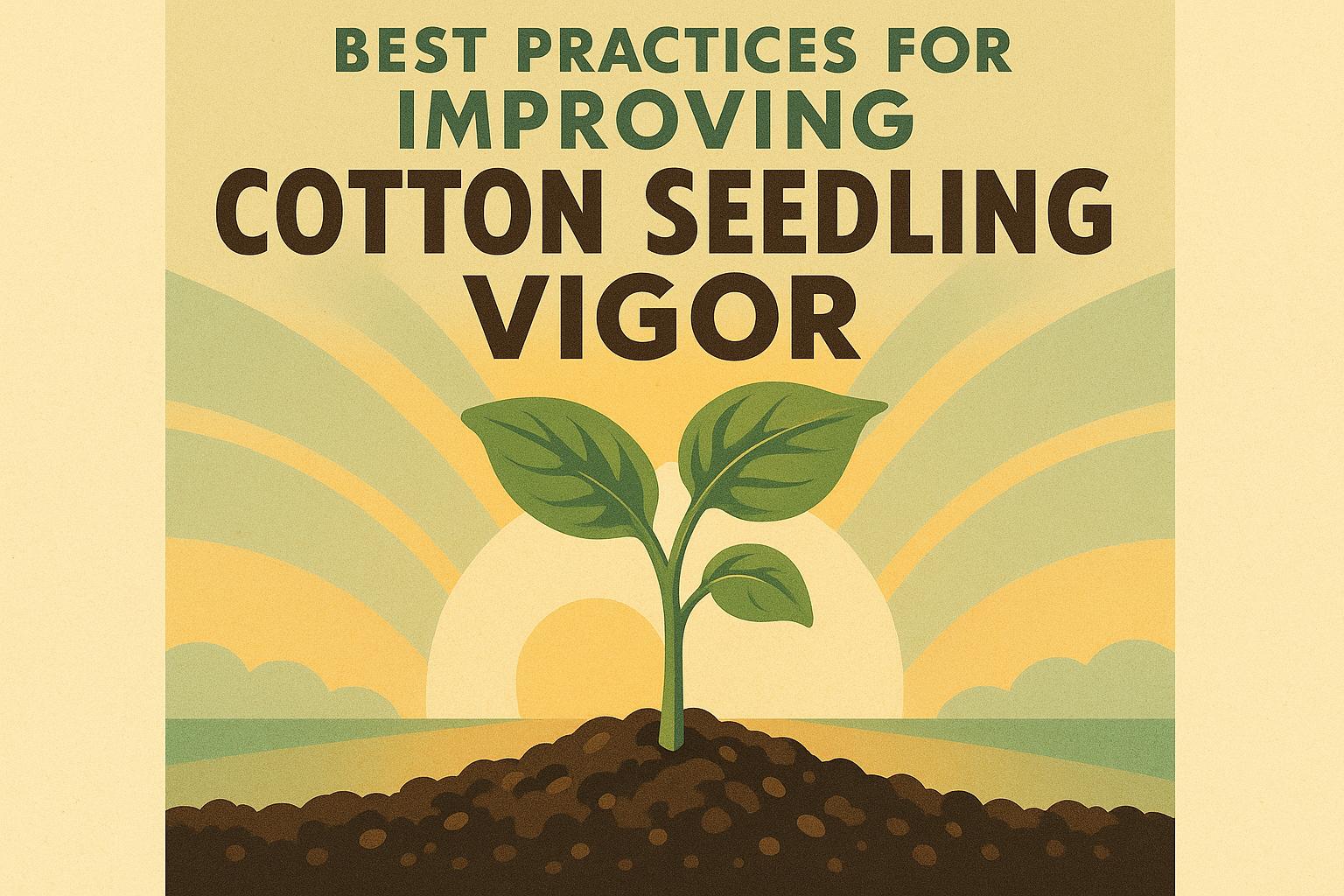Why AI-Driven Yield Prediction Matters for Cotton Farmers
You've been in the cotton business long enough to know that predicting yields isn't just about guesswork anymore. With variable weather, soil inconsistencies, and market pressures, getting a handle on what your fields will produce can make or break a season. AI-driven yield prediction in cotton farming steps in here, using data from your operation to forecast outcomes more accurately than traditional methods. It's not about replacing your experience—it's about enhancing it with tools that process vast amounts of information quickly.
Think about the last time an unexpected dry spell cut into your boll counts. Tools leveraging artificial intelligence can integrate historical data, real-time sensors, and satellite imagery to spot patterns early. Industry reports indicate that farms adopting these technologies see yield estimates within 5-10% accuracy, compared to broader manual assessments. This isn't hype; it's grounded in how AI algorithms learn from your specific fields over time, factoring in everything from nutrient levels to pest pressures.
For those running large-acre operations, this means better resource allocation—less wasted fertilizer, targeted irrigation, and informed marketing decisions. If you're already using variable-rate applications, layering in AI for predictions can tighten those loops even further. Check our post on Cotton Precision Planting Techniques for ways to align this with your seeding strategies.
Understanding the Basics of AI in Yield Forecasting
AI-driven yield prediction in cotton farming starts with data collection, but it doesn't require a tech overhaul. At its core, AI models use machine learning to analyze inputs like soil moisture, temperature trends, and canopy development. For cotton, which is sensitive to heat units and water stress, these models can simulate growth stages from squaring to boll opening.
Common algorithms include regression models for numerical predictions and neural networks for handling complex variables. For example, a random forest model might weigh factors like degree days against historical yields to estimate lint per acre. Seasoned growers appreciate that these aren't black boxes; many platforms allow you to input your own data for customized outputs.
Challenges arise in data quality—garbage soil samples or outdated weather logs can skew results. Start by integrating simple sensors for real-time feeds. Over time, as the AI learns your farm's unique profile, predictions improve. This approach has helped operations in variable climates reduce overestimations that lead to storage shortfalls or marketing mishaps.
Key Tools for Implementing AI Yield Prediction
Several accessible tools make AI-driven yield prediction in cotton farming practical without a massive investment. Platforms like Climate FieldView use AI to process field data, offering yield maps that forecast based on growth metrics. For cotton, it excels at identifying zones where boll retention might falter due to nutrient imbalances.
- Farmers Edge employs satellite imagery and AI to predict yields at the sub-field level, factoring in cotton's need for balanced NPK ratios.
- John Deere's Operations Center integrates AI with equipment data, providing yield forecasts tied to your machinery's performance logs.
- Open-source options like TensorFlow allow custom models if you have tech support, but for most, cloud-based services suffice.
Setup involves linking your farm management software to these tools. Input past yield data, soil tests, and variety specifics—AI handles the rest, refining predictions seasonally. Costs range from subscription models at $10-20 per acre to free trials for basic forecasting.
Integration tip: Pair with ground sensors for hybrid accuracy. In sandy loams common to cotton belts, this combo can flag water stress early, potentially boosting yields by 8-12% through timely interventions.
Data Sources That Power Accurate Predictions
Reliable AI-driven yield prediction in cotton farming hinges on quality inputs. Satellite data from sources like Landsat provide vegetation indices such as NDVI, which correlate strongly with cotton biomass. Drones add granularity, capturing field variability that satellites might miss.
Weather APIs feed in hyper-local forecasts, crucial for cotton's sensitivity to humidity and heat. Soil probes deliver real-time moisture and pH data, while historical USDA yield reports benchmark your predictions.
Combine these for robust models: AI processes the layers to simulate scenarios, like how a late rain might affect boll fill. In practice, farms using multi-source data report 15% better accuracy in forecasts, aiding decisions on defoliation timing or harvest logistics.
Privacy matters—choose tools with secure data handling. Over-reliance on one source can bias results; diversify for resilience.
Integrating AI with Traditional Cotton Management Practices
Blending AI-driven yield prediction in cotton farming with your established routines amplifies results. For instance, use predictions to refine variable-rate fertilizer maps, targeting high-potential zones with extra phosphorus during bloom.
In pest-prone areas, AI can cross-reference yield forecasts with scouting data, predicting drops from bollworm pressure. This informs thresholds for interventions, minimizing sprays while protecting output.
Harvest planning benefits too: Accurate predictions help schedule equipment and labor, avoiding bottlenecks. If AI flags lower yields in low-lying fields, prioritize those for early picking to salvage quality.
Adaptation challenges include initial calibration—expect a learning curve as the system tunes to your varieties. Test on pilot acres first.
Case Studies: Real-World Success in Cotton Operations
Consider a mid-sized Texas operation that adopted AI tools three seasons ago. Facing erratic rains, they used predictive models to adjust irrigation, resulting in a 10% yield uptick despite drought conditions. The AI's early warnings on stress allowed targeted applications, saving on water costs.
In the Southeast, a farm integrated AI with sensor networks, forecasting yields with 7% accuracy. This precision supported better contract negotiations, locking in prices based on reliable estimates.
These examples show AI isn't just for big players; scalable tools make it viable for operations of all sizes. Key takeaway: Start with baseline data collection to build model confidence.
Overcoming Common Challenges in AI Adoption
Implementing AI-driven yield prediction in cotton farming isn't without hurdles. Data silos—where equipment from different brands doesn't communicate—can fragment inputs. Solutions include middleware platforms that unify feeds.
Algorithm bias from poor training data is another issue; ensure diverse datasets covering your region's conditions. For cotton in high-humidity zones, include fungal risk factors.
Cost barriers? Grants from extension services often cover pilots. Training your team via online modules builds internal expertise.
Regulatory aspects: Comply with data privacy laws, especially if sharing aggregated yields.
Advanced Techniques: Machine Learning Models for Cotton
For deeper dives, explore supervised learning models tailored to cotton. Linear regression suits simple forecasts, while deep learning handles multifaceted data like genomic variety traits.
Customizing models: Input cotton-specific variables, such as heat unit accumulation. Tools like Python's scikit-learn enable this if you partner with ag tech consultants.
Future edges include predictive analytics for climate resilience, simulating long-term yield trends under warming scenarios.
Measuring ROI from AI Yield Tools
Evaluating AI-driven yield prediction in cotton farming comes down to metrics like prediction accuracy versus actual harvest, input savings, and revenue lifts. Track variances seasonally to refine.
Typical ROI: Farms report 2-5x returns through optimized resources. If predictions cut fertilizer use by 15%, that's direct savings.
Monitor via dashboards in tools like Granular, comparing pre-AI baselines.
The Future of AI in Cotton Yield Management
As AI evolves, expect integrations with biotech, like predicting yields for gene-edited varieties. Edge computing will enable on-farm processing, reducing latency.
Blockchain could add traceability, linking predictions to supply chain decisions.
Stay informed through extension webinars and trials.
Actionable Steps to Get Started with AI Predictions
To incorporate AI-driven yield prediction in cotton farming:
- Audit your data: Gather historical yields, soil maps, and weather logs.
- Select a tool: Trial platforms like The Climate Corporation for cotton fit.
- Integrate gradually: Start with one field, expanding as confidence grows.
- Train and monitor: Educate your team; review predictions monthly.
- Iterate: Use insights to tweak practices, measuring improvements.
This positions your farm for efficiency gains. For soil synergies, explore Improving Soil Health in Cotton Farming: Essential Strategies for Long-Term Productivity.
In essence, AI-driven yield prediction in cotton farming equips you with foresight, turning uncertainties into strategic advantages for sustained success.


